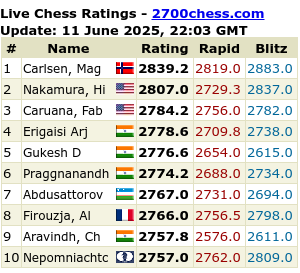A few days ago I posted a Request from Fr. Z for old Mass/new Mass thoughts, especially in view of your age. I suggested that you e-mail me instead of just posting in the combox. Wow, was that a mistake. I have been inundated.
I’ll just post them with very little commentary.
Let’s set a few parameters.
- Do your best to leave aside bashing of either form. Since both are legitimate forms of Holy Mass, let’s accept that for this exercise and move on.
- State your age, and if you are a cradle Catholic, revert, or convert and whether or not liturgy had anything to do with your once leaving the practice of your faith, your return to the Church or conversion.
- Try to be brief. Stick to a couple hundred words if you can. Do a little editing.
We need to be able to explain ourselves to others when we discuss these matters, and provide the whys and wherefores for our liturgical choices.
Rather than make this a project for the combox, I suggest you send them to me by e-mail. I will post them as I can.
If you send an e-mail with your thoughts on this, put "Old Mass/New Mass" in the subject line.




























Response:
Response:
Response:
Response:
Response:
Response:
Responses:
Responses:
Response:
Response:
Response:
Response:
Response:
Response:
Response:
I will post more of your interesting responses later.